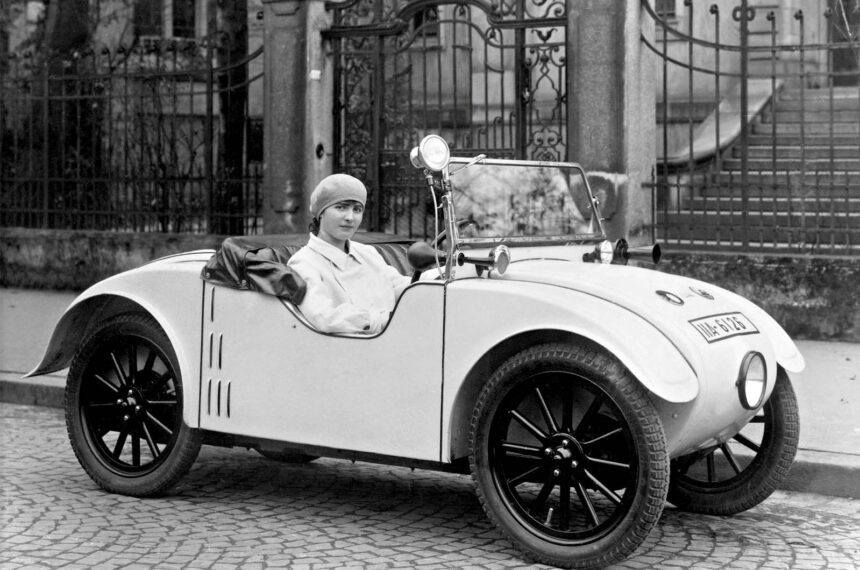The Evolution of Car Design: From the ‘Kommissbrot’ to the Cisitalia 202 Coupe
One of the most significant milestones in automotive history was the unveiling of the Hanomag 2/10PS in 1925. This single-cylinder “baby” car was the first production vehicle to seamlessly incorporate its wings into its body sides, earning it the nickname ‘Kommissbrot’ among Germans, reminiscent of the army’s rationed bread loaves.
Autocar’s report on the Hanomag 2/10PS described it as a “queer small freak” with extraordinary and novel features that left many puzzled. With a price tag of £132 (equivalent to £6740 today), it faced tough competition from the more popular four-cylinder Austin 7 priced at £149 (£7610).
Despite its innovative design, the Hanomag 2/10PS failed to capture the market until the post-World War II era. It was during this period of rebuilding that advancements in aerodynamics, monocoque construction, and material shortages paved the way for a new era of car design.
In 1947, Italian sports car manufacturer Cisitalia introduced the 202 coupé, designed by Pinin Farina and constructed in lightweight aluminium. Autocar praised its streamlined and elegant design, setting a new standard in automotive aesthetics.
The Cisitalia 202 coupé was so influential that it was later acquired by the Museum of Modern Art in New York. Described as a radical design that eschewed traditional ornamentation in favor of a unified structural skin, the 202 was hailed as a work of art that seemed “formed by nature rather than by human hands.”








